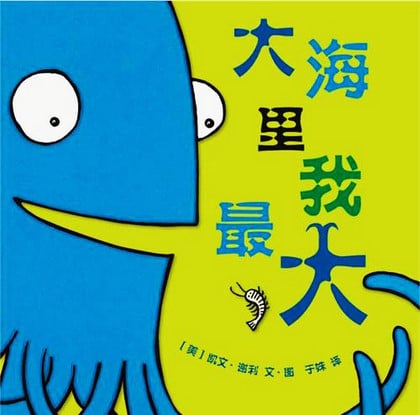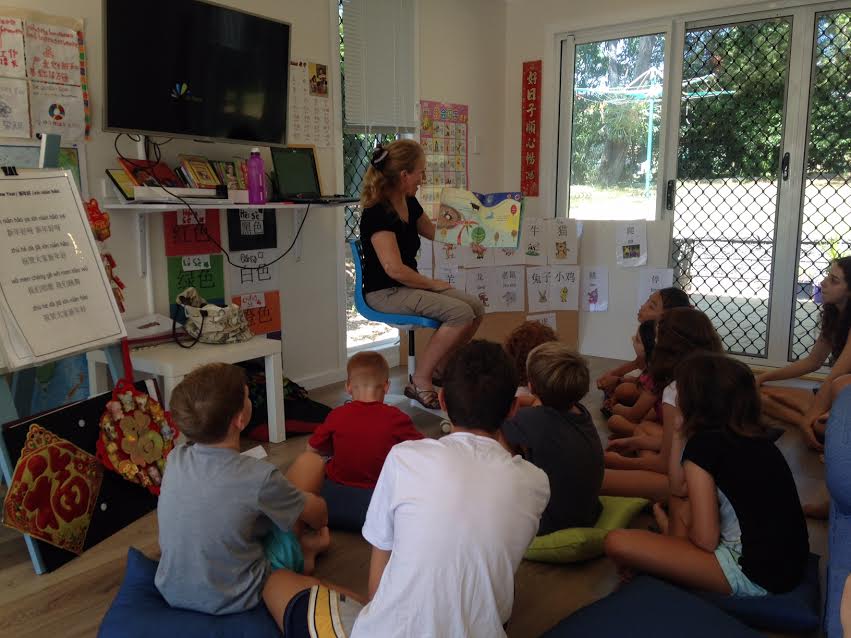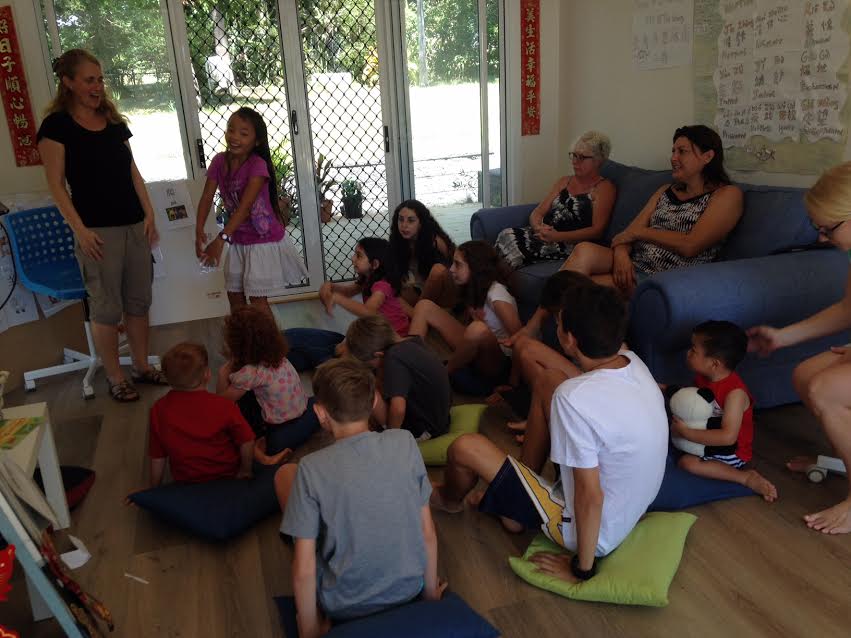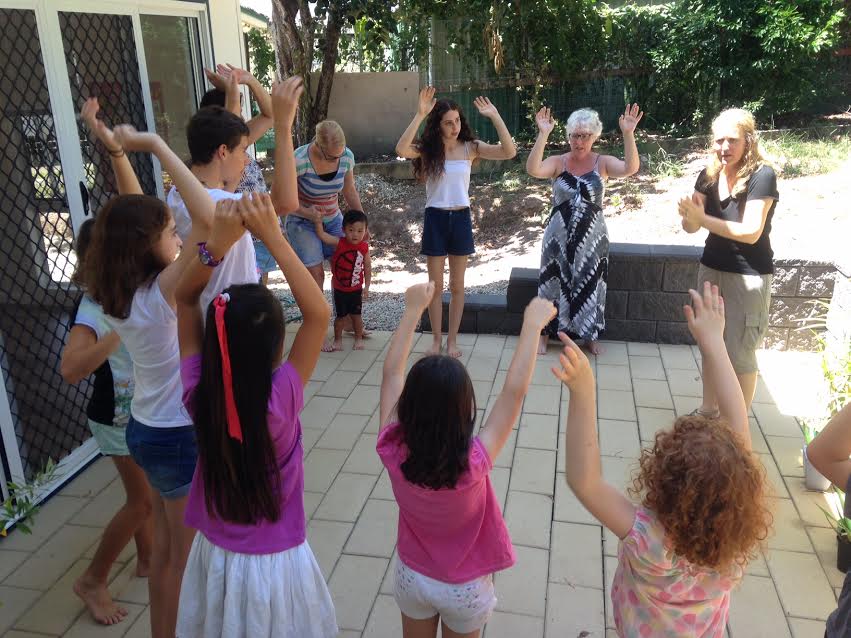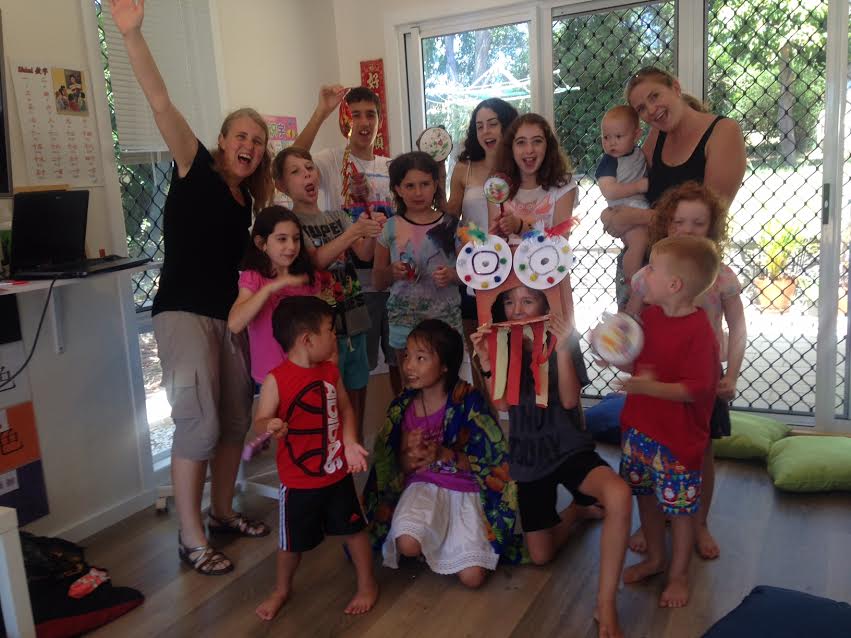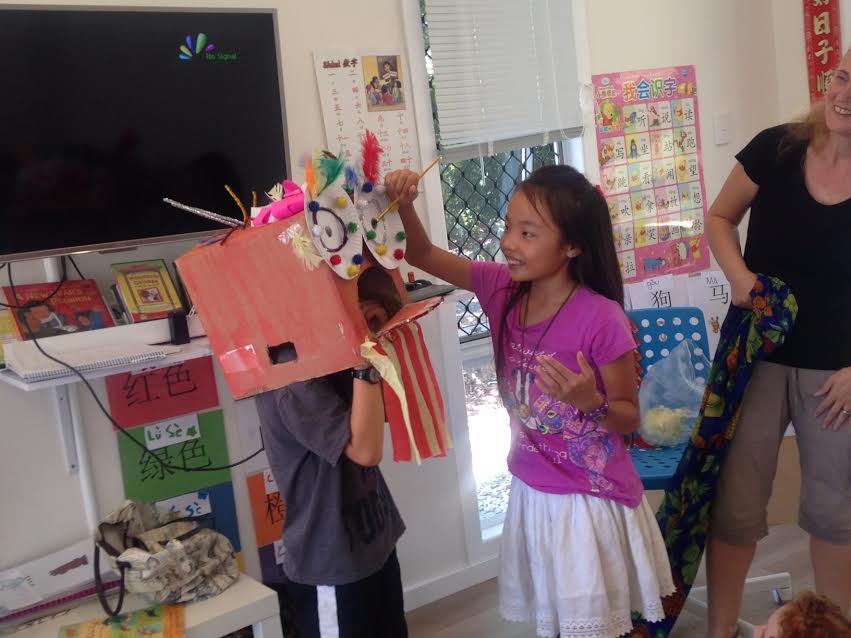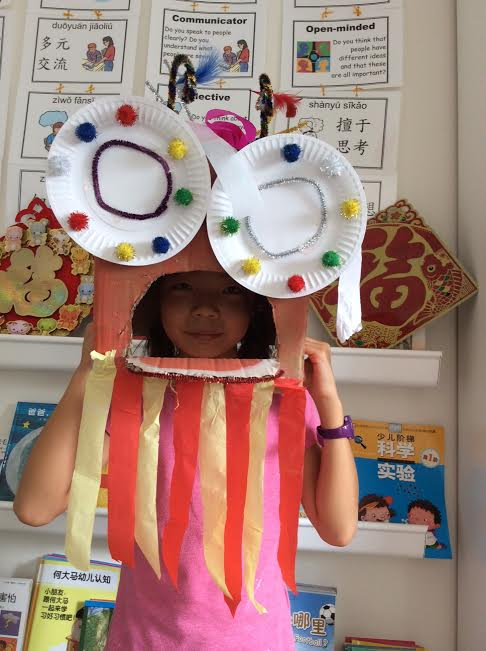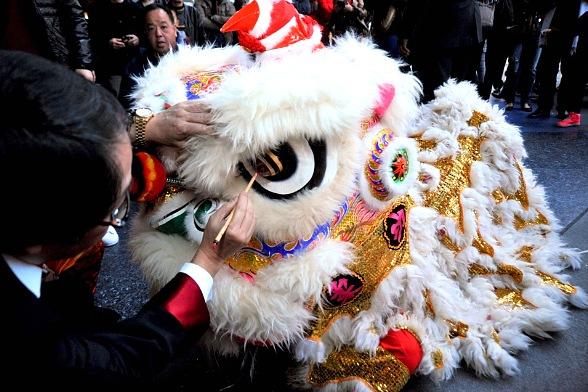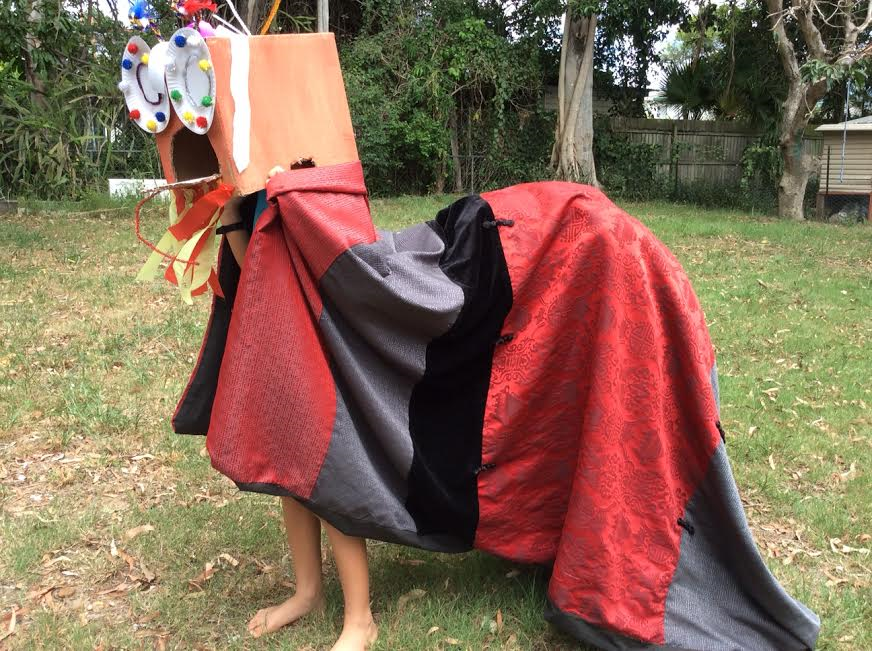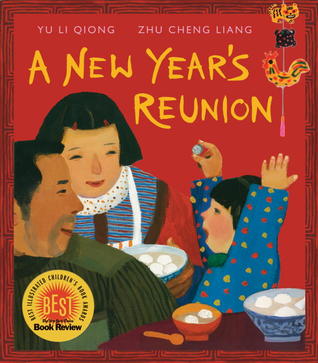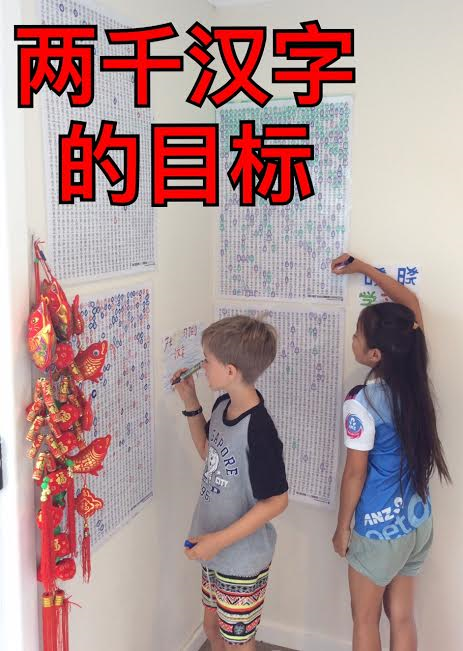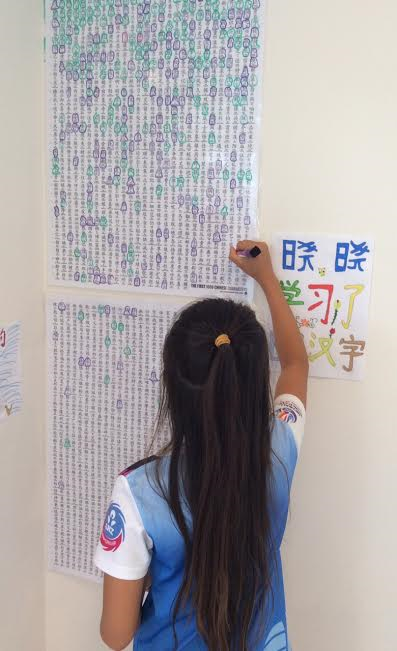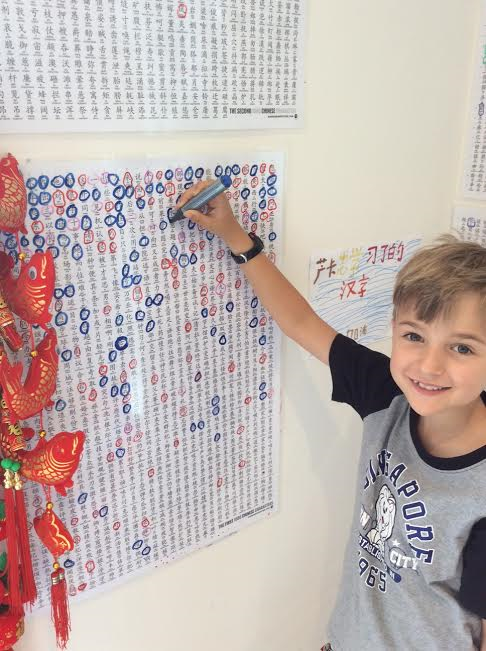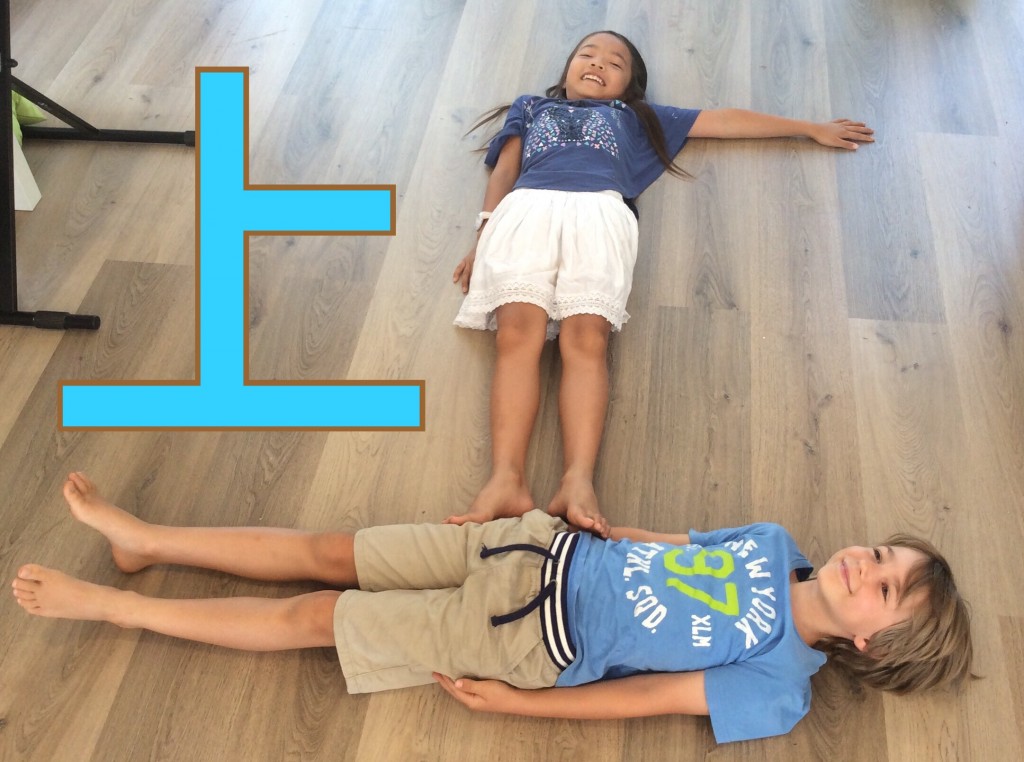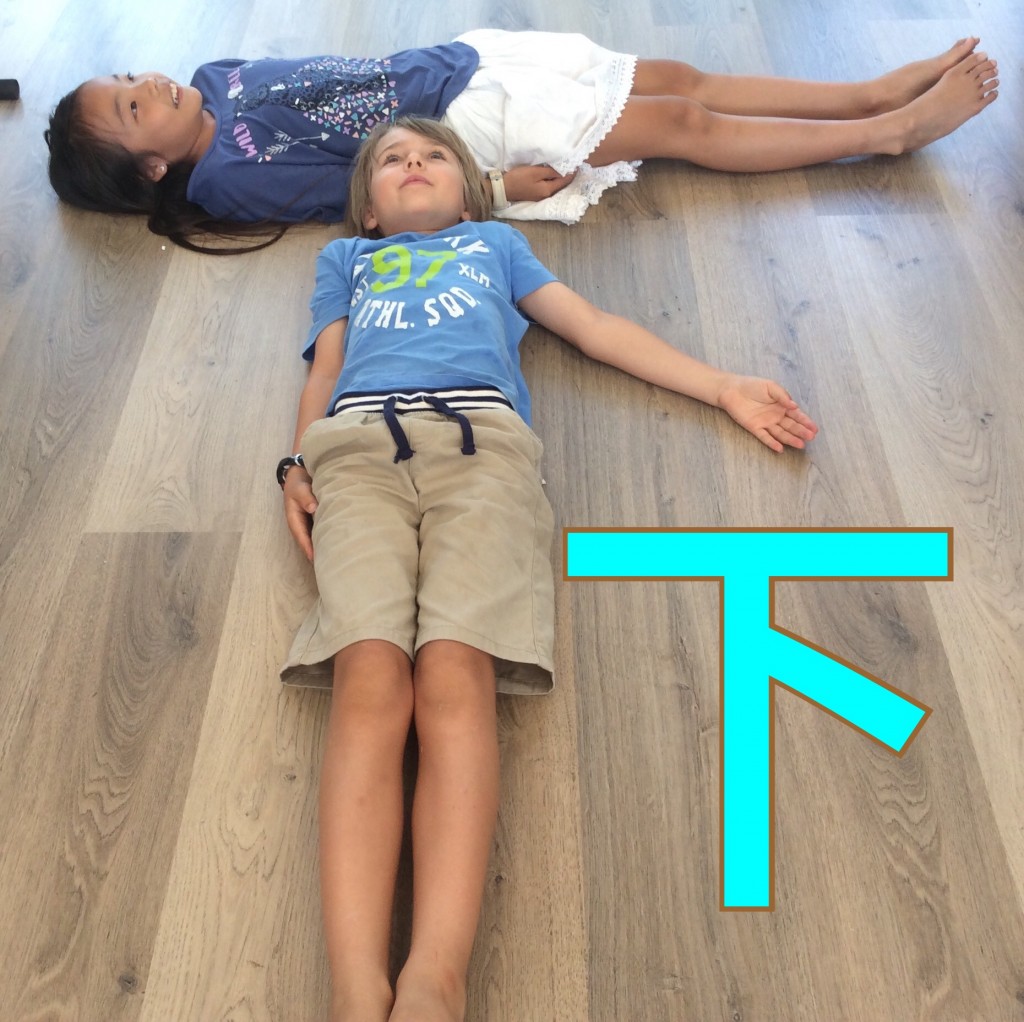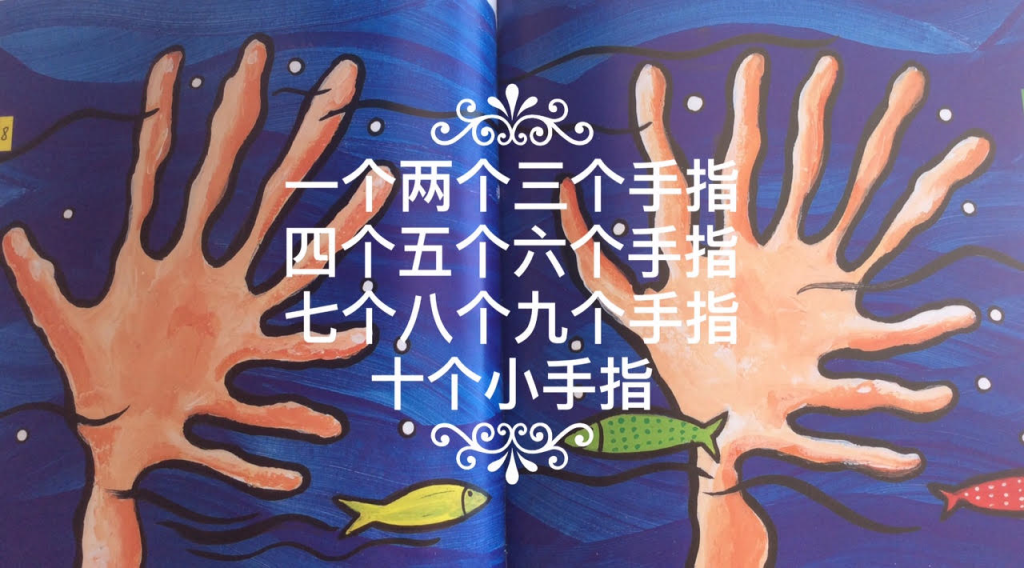三条水母! (sān tiáo shuǐ mǔ!) Three Jelly Fish sitting on a rock set up in our garden for tomorrow!
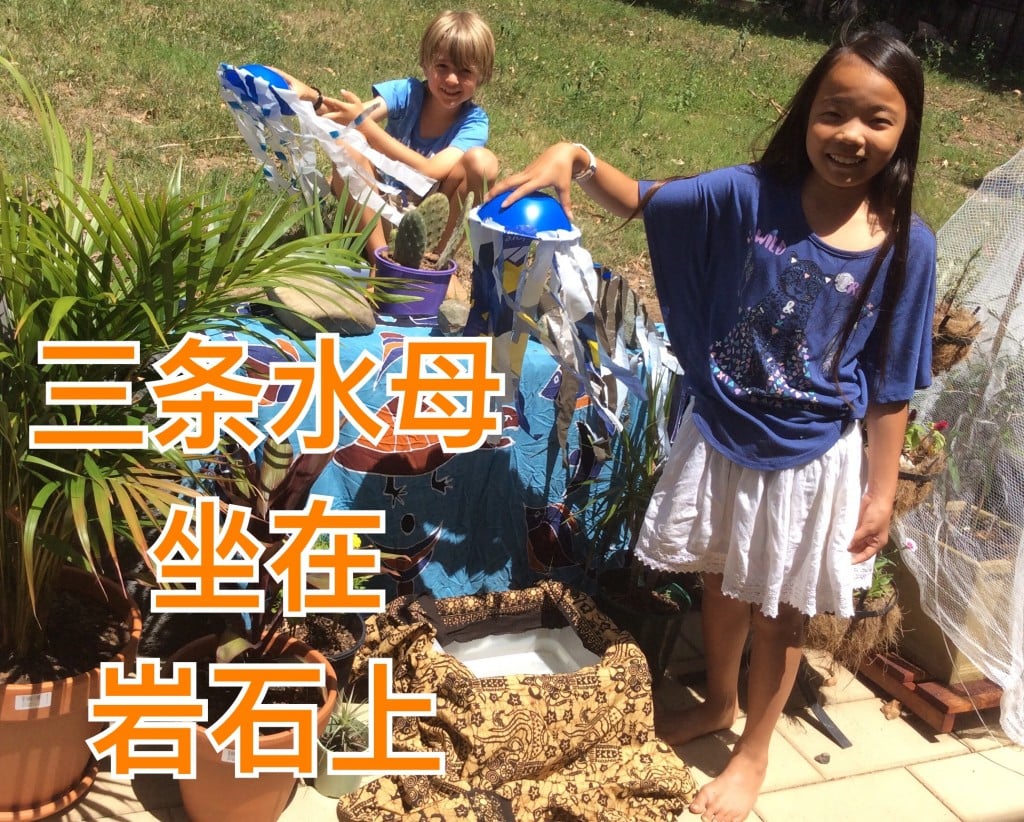
Again, this is another song children have no problem understanding in Chinese, as it is exactly the same as the English version tune and translation.
We can use any animal that likes jumping from a rock into the water for this song, 青蛙 (qīngwā) ‘frogs’, 鳄鱼 (èyú) ‘crocodiles’ etc. (not that I have ever seen a Jelly Fish jump from a rock 🙂
It is a great song for exploring counting forwards and backwards, the concept of ‘none’ 没有 (méi yǒu),measure words, position, 上 and 下 (as in jumping on and off ) and onomatopoeia 扑通 (pūtōng) ‘splash’. Lyrics are at the bottom of post.
We have been singing lots of songs that have 上 (shàng) ‘up/above/over etc.’ and 下 (xià) ‘down/below/under etc.’ in them. In the Jelly Fish song these are also used for ‘on’ and ‘off’ (jumping up ON, and jumping OFF down). Children soon start to make the connections! Because these are simple characters too, children can try and make them with their bodies like this:
A good song and video to keep watching for ‘Up/Down’ is the Groovi Pauli ‘Going Up Going Down’ song, which you can watch by clicking on the song name! And don’t forget our ‘Where is the teacher?’ song that has ‘Up there’ and ‘Down there’ in it. We move our shoulders ‘Up and down’ in our Clap hands song. Our ‘London Bridge’ activity too has ‘falling DOWN’ in there. Here is a video I forgot I had of my kids a couple of friends singing this a few years back! You can watch it here but click on the London Bridge link for more details and lyrics of the song.
If you want to have fun at home, make some Jelly Fish, a rock and a bowl of water, or an indoor set up like this one below, and you can act out the song with your little one. Talk about making the jellyfish out of waterproof materials so that they don’t go soggy and rip! We used plastic bowls and cut up plastic shopping bags for tentacles. You could also talk about the correct disposal of plastic bags so that we don’t hurt our Jelly Fish in the sea too!
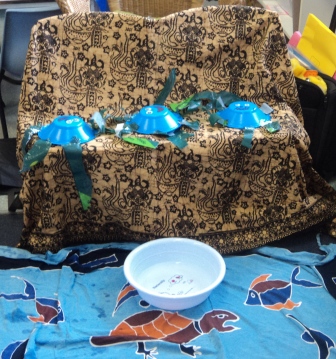
3 Jelly Fish rock and sea you can use indoors
Here are the lyrics to the ‘Three Jelly Fish’ song – Just sing to the English tune (We will make a video soon!)
三条水母,三条水母,三条水母,坐在岩石上, 一条跳下
两条水母,两条水母,两条水母,坐在岩石上, 一条跳下
一条水母,一条水母,一条水母,坐在岩石上, 一条跳下
没有水母,没有水母,没有水母,坐在岩石上, 一条跳上
一条水母,一条水母,一条水母,坐在岩石上, 一条跳上
两条水母,两条水母,两条水母,坐在岩石上, 一条跳上
三条水母,三条水母,三条水母,坐在岩石上
sān tiáo shuǐ mǔ, sān tiáo shuǐ mǔ , sān tiáo shuǐ mǔ zuò zài yán shí shàng, yì tiáo tiào xià
liǎng tiáo shuǐ mǔ liǎng tiáo shuǐ mǔ, liǎng tiáo shuǐ mǔ , zuò zài yán shí shàng, yì tiáo tiào xià
yì tiáo shuǐ mǔ, yì tiáo shuǐ mǔ, yì tiáo shuǐ mǔ, zuò zài yán shí shàng, yì tiáo tiào xià
méiyǒu shuǐ mǔ, méiyǒu shuǐ mǔ, méiyǒu shuǐ mǔ, zuò zài yán shí shàng, yì tiáo tiào shàng
yì tiáo shuǐ mǔ, yì tiáo shuǐ mǔ, yì tiáo shuǐ mǔ, zuò zài yán shí shàng, yì tiáo tiào shàng
liǎng tiáo shuǐ mǔ liǎng tiáo shuǐ mǔ, liǎng tiáo shuǐ mǔ , zuò zài yán shí shàng, yì tiáo tiào shàng
sān tiáo shuǐ mǔ, sān tiáo shuǐ mǔ , sān tiáo shuǐ mǔ, zuò zài yán shí shàng
